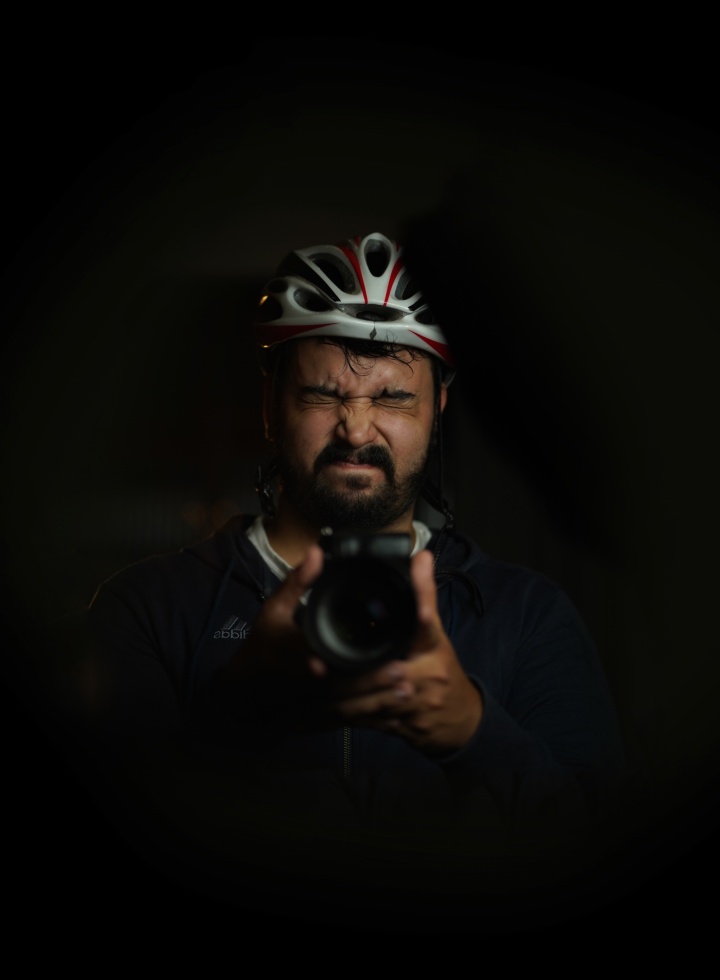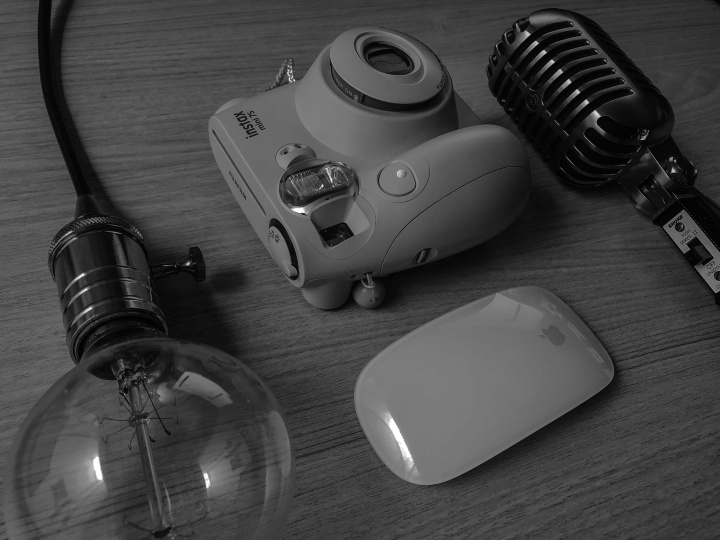O ChatGPT disse: Artificial Intelligence in Documentary Production: Where Technology Adds Value — and Where It Fails
20.10.2025
These days, I was analyzing and studying an institutional video from a major brand.
Technically perfect: impeccable lighting, precise cuts, engaging music.
But something was missing.
This is my biggest fear: making videos and having something missing.
You know when you watch and say, “Yeah… cool.”
That was it.
The team used Artificial Intelligence in practically the entire process.
It generated the script, organized the testimonials, assembled the edit.
The result looked good… almost too good.
But it lacked that detail, that flaw, that truth only humans have — the kind that quietly makes all the difference.
And that’s when it hit me: AI is becoming the new crutch of haste.
People are trading depth for efficiency, context for automation.
And the problem isn’t the technology.
It’s the place people have put it in.
Artificial Intelligence in documentary production can be an ally.
But when it takes the lead role, I’d say the story dies a little. Or little by little.
When everything sounds the same, nothing moves you anymore
Have you noticed how all brand videos are starting to look identical?
Same rhythm. Same music.
Same type of testimonial with inspirational lines that sound generic — as if written by a robot trying to sound like a human.
AI brought a dangerous convenience.
It gives you quick results, but it also traps you inside a sterilized aesthetic, where everything looks like it was produced by the same mind.
I get the impression that brands think they’re differentiating themselves, when in reality they’re blending in even more.
We see it all the time.
And at the same time, it forces us to analyze everything that’s happening, including our own processes and conduct inside the studio.
Companies investing heavily in automation, believing the differential lies in the tool, forgetting what truly differentiates: truth.
The audience notices.
They might not understand technically, but they feel when a story is made by people… and when it’s made by software.
It’s that sensation that something is off — they can’t name it or define it, but they know it’s off.
The false sense of agility
Some marketing managers (if not many…) proudly say:
“We produced 20 videos this month.”
But will any of them be remembered six months from now?
Artificial Intelligence in documentary production creates a feeling of productivity.
You feel like you’re delivering more.
But in practice, you’re delivering less meaning.
The content becomes shallow, predictable, and — mainly — forgettable.
Producing fast became the new metric for success.
But speed without direction is just movement.
And movement without purpose is exhaustion disguised as efficiency.
The human touch doesn’t come later. It comes first.
“But Renan, you can use AI for everything and add the human touch at the end.”
You’ve probably seen that happen.
In my view, the human touch is not finishing.
It’s the foundation.
It’s the eye that decides what’s worth showing.
The listening that hears what someone meant even when they didn’t say it.
The sensitivity that knows when silence says more than any line.
I remember a specific project where the interviewee froze mid-sentence.
His voice cracked.
That man’s mind revisited almost his entire life.
The silence lasted ten long seconds.
Any automatic editor would’ve cut it.
But that silence became the heart of the video.
Because it said everything words couldn’t.
No algorithm would have understood that.
And that’s exactly why technology needs to work with us, not instead of us.
But what about dashboard data and metrics?
Another curious point that intrigues me is how companies are drowning in data.
I don’t question their importance.
“What isn’t recorded can’t be measured or adjusted.”
A sentence I heard once and never forgot.
Today everything is measured, calculated, projected.
But very few stop to listen.
It’s not rare to see marketing teams spending lots of time analyzing metrics and forgetting the essential:
What does this story really say about who we are?
Because at the end of the day, numbers show what happened.
But the story explains why it happened.
Maybe AI understands the “how.”
But the “why” is still human.
And it’s this “why” that connects, that creates bonds, that makes the audience remember the brand.
You don’t remember a video because it had 90% retention.
You remember it because it made you feel something.
Technology is a tool. Humanity is the method.
Here, we use AI every day — with caution, of course.
To organize scripts, review transcripts and subtitles, optimize processes.
But never to replace the human eye.
Technology helps the rhythm, not steal the meaning.
What defines the direction of the story is still the listening, the gaze, the interpretation.
And that’s the point many companies haven’t understood: AI is a tool.
The method is human.
AI can suggest paths, but the one who chooses the right trail is the director.
Because what turns a video into an experience is not just technique.
It’s intention and sensitivity.
The content that ages — and the content that lasts
Inevitably, most automated videos are born with an expiration date.
They’re made to run for the month, perform for the week, and disappear by the quarter.
A well-directed documentary doesn’t.
It crosses time.
It stays relevant years later because it stands on truth, not trend.
We have a client we don’t see often in person, but every time he meets us he says:
“That video you made — ‘X’ — is still the one that best represents our brand.”
He’s made several others since.
But none surpassed that one.
You know why?
Because human sensitivity doesn’t age.
AI needs direction, not protagonism
AI in documentary production can be an incredible ally.
But only when it understands its place.
It can edit the video.
Technically, much better and much faster than we can.
But the one who knows what should be shown is still the human.
Because AI understands data, but not pain.
It predicts behavior, but not emotion.
And the audience feels this.
They feel when a brand speaks from the inside out.
They feel when there are real people behind the camera.
We use technology in favor of the story —
to accelerate what’s technical and preserve what’s essential.
Because what makes a video memorable is not how intelligent the software was.
It’s how human the intention was.
And in the end, it’s simple:
AI can help you tell.
But only a human knows why to tell.
A hot coffee and a present mind.
Renan.








